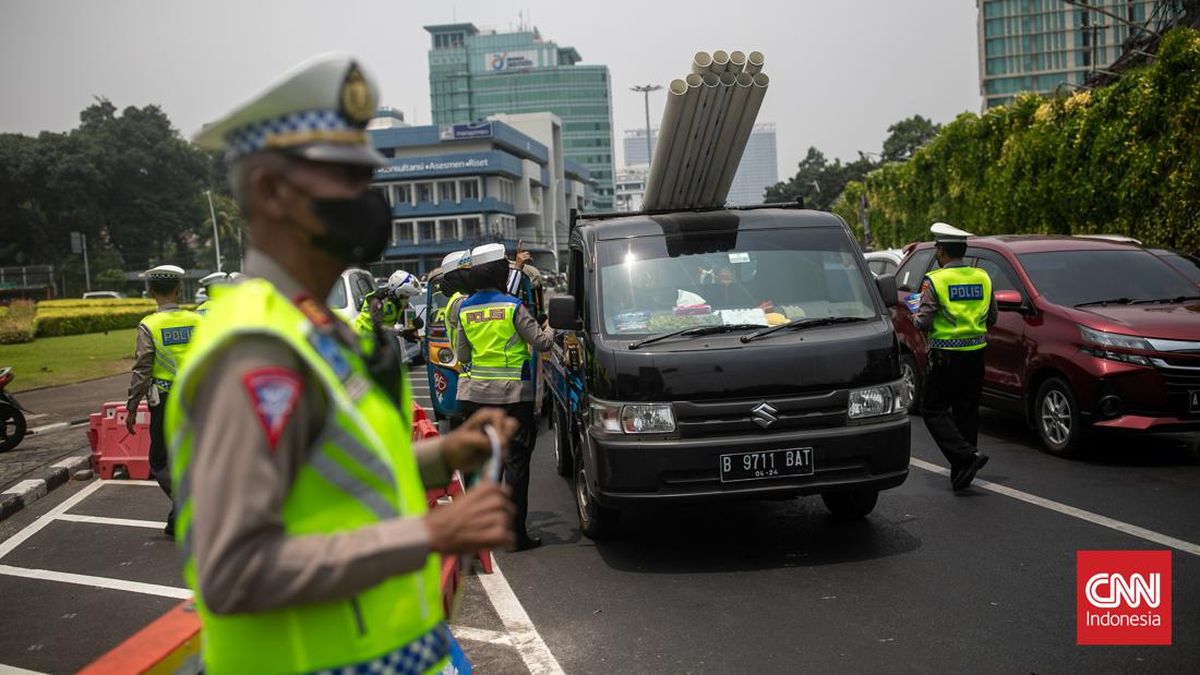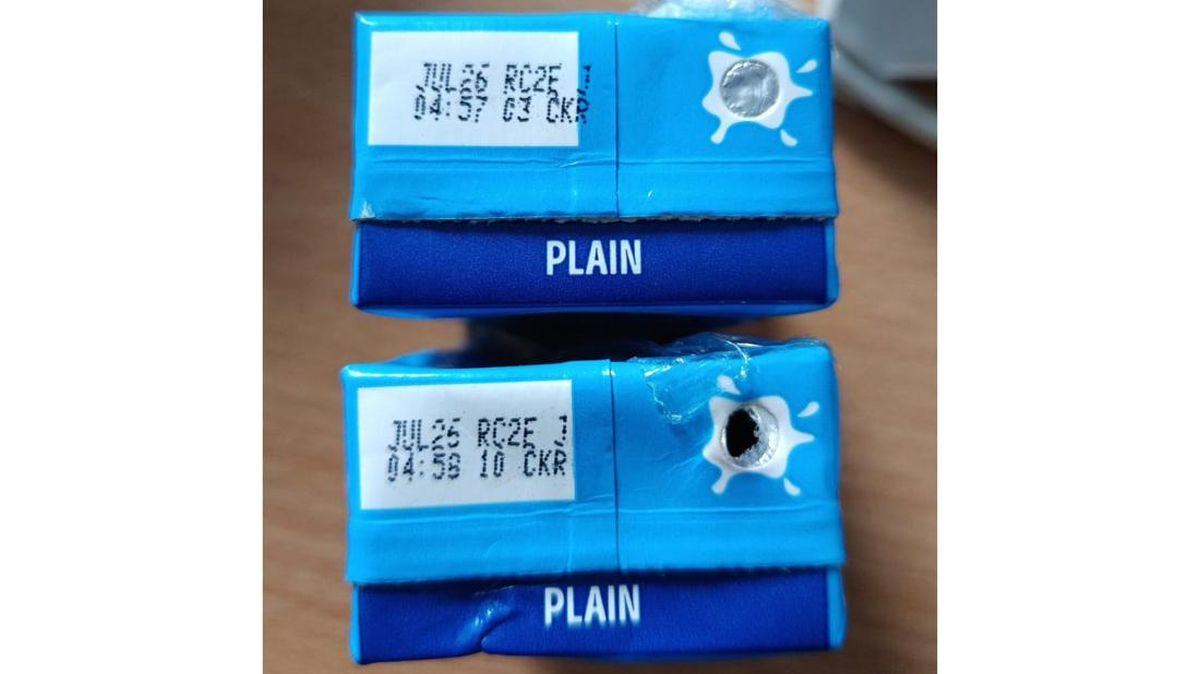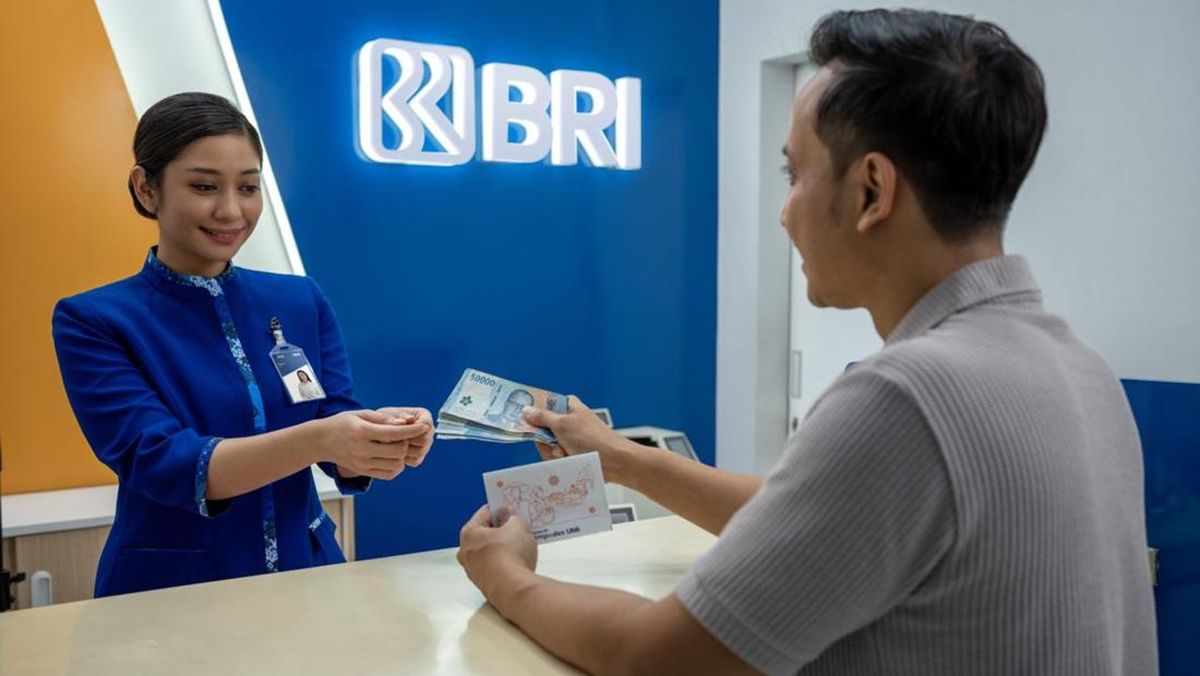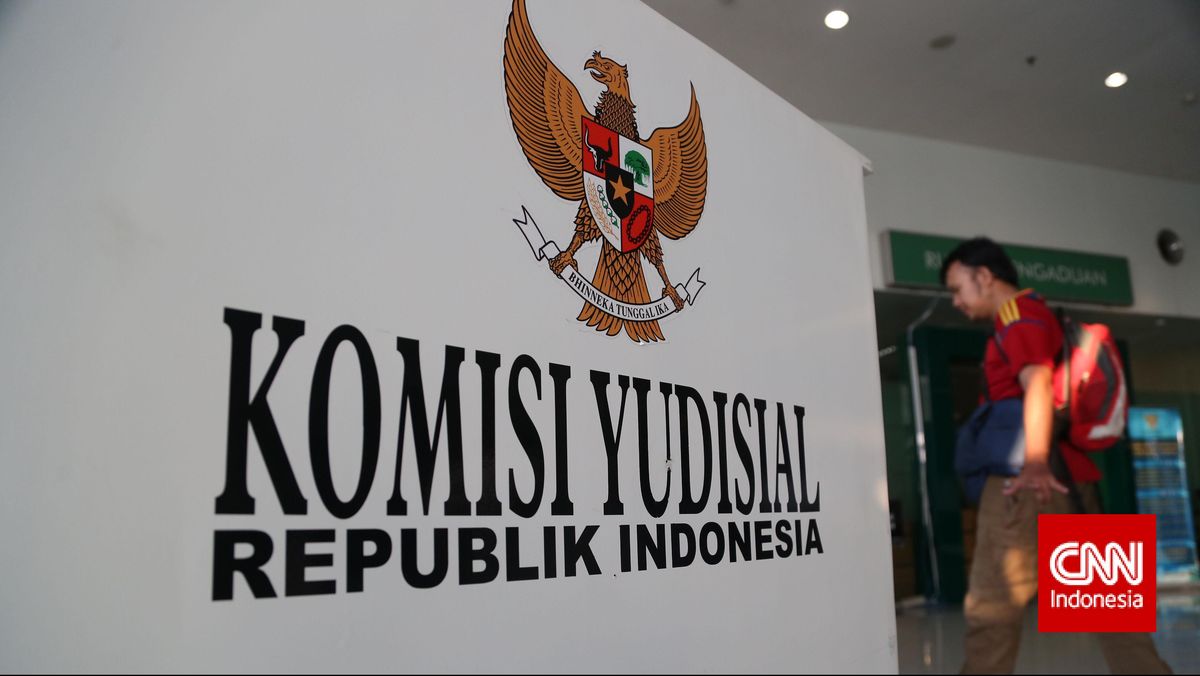November 17, 2025 — 5:00am
Can you name one item that costs less today than it did in 2000? That’s the actual dollar amount, not adjusted for inflation. A litre of petrol, restaurant meal, bottle of wine, house in Sydney or on the Sunshine Coast, average weekly spend at a supermarket – all take at least twice as many dollars to purchase compared with 25 years ago. But one item that costs less than it did in 2000 is airfares. In 2025, it takes fewer dollars to fly between any two cities on Earth than it did in 2000. Not just a little, but a lot, when inflation and average weekly wages are taken into account.
In 2000, the average cost of a one-way economy flight from Melbourne to Sydney was about $120-$180. In late 2025, the average cost of a one-way airfare from Melbourne to Sydney ranges from about $58 to $128 with budget airline Jetstar. The same route aboard Qantas often starts from about $178, but sales make a big dent in that price. According to Skyscanner, on November 25 a one-way airfare from Melbourne to Sydney costs from a low of $113 with Jetstar to $170 aboard Qantas, with a median price of $141.50.
The picture is largely the same for international flights out of Australia. Today’s cheapest international airfares are also less than they were in 2000. In that year, the average return economy airfare from Melbourne to London ranged from $2000 to $2400 aboard full-service carriers such as Qantas or British Airways. Discounted advance-purchase fares or sale seats were sometimes available for about $1600-$1800. During 2025, return economy fares over that route have varied from as low as $1200 to about $3200. The difference is about the same for flights between Australia and Asia and Australia and US city pairs.
Average weekly wages have more than doubled over the past quarter-century, and so fewer working days are needed to buy the same air ticket. In August 2000, the average weekly pay for a full-time adult employee was $839.20, according to the Australian Bureau of Statistics. In May 2025, that figure is $2086. If the average cost of a return economy fare from Melbourne to London in 2000 was about $2000, it would have taken an average wage earner almost 2½ weeks to earn enough to pay for that flight. If the average cost for that flight today is $2200, it takes fewer than half as many days for today’s average wage earner to pay for that airfare.
When inflation is taken into account, today’s airfares begin to look like even more of a bargain. Australia’s inflation rate over the past 25 years has been averaged out at 2.7 per cent per annum. That adds up to a cumulative price increase of almost 95 per cent. According to that metric, a basket of goods that cost $100 in 2000 would average about $195 today. If airfares had increased in line with inflation over that period, that Melbourne-Sydney one-way fare should cost about $240 to $360. That international fight from Melbourne to London would set you back somewhere in the range of $3120-$4680.
Why are airfares such a bargain compared with 2000?
Back in 2000, Australia’s domestic aviation industry was dominated by Qantas and Ansett. Compass Airlines made a brief appearance in the 1990s but Australia’s first low-cost carrier was swiftly driven to the wall by its competitors and by federal government interference. The two major airlines exercised tight control over domestic airfares but that changed when Virgin Blue debuted in late 2000. Virgin Blue was serious competition, and in response, Qantas has had to reduce its ticket prices to keep pace. New aircraft engines have emerged offering significant savings in fuel costs and, at the same time, the Qantas of today is a leaner, and some would say meaner, version of the airline that existed in 2000.
In 2000, international flight routes out of Australia were dominated by full-service carriers with little competition. Over the decade that followed, the price of international flights fell steadily as Asian and Middle Eastern carriers entered Australia, sparking price competition. That competition was particularly fierce in the case of China-based carriers, such as China Eastern which quickly ramped up services into Australia’s major capitals as the number of tourists coming from China surged. Following that decade, from about 2010 to 2018, new fuel-efficient, wide-body aircraft including Boeing’s 787 and Airbus’ A350 entered service, improving airlines’ margins and giving them the opportunity to further reduce prices. Although international flight prices swelled in the post-pandemic period as demand surged while capacity was constrained, prices have since stabilised at pre-pandemic levels.
Another reason that airfares across the board are relatively cheaper today is down to a false comparison. The product is not the same. In 2000 budget airlines were only just beginning to make their presence felt. The full-service carriers didn’t feel the need to cut prices to compete, since their superior product justified their higher prices.
But as time went on, the budget carriers began to eat away at the market share of the legacy carriers, which responded by gradually introducing lower fares, removing some of the privileges that passengers had once taken for granted. In most cases, the cheapest airfare of today gets you a lesser seat with trimmed-down service compared with a seat aboard that same carrier in 2000, and thus the lower cost.
While your next economy class flight might feel more cramped and less civilised than it did 25 years ago, there’s no denying the numbers. Airfares have defied inflation, technology has made planes cheaper to operate and competition has kept them honest. You might not get a decent meal or a smile, and it might not feel like the golden age of flying, but air travel is one of the few luxuries that’s actually become more affordable.
Sign up for the Traveller newsletter
The latest travel news, tips and inspiration delivered to your inbox. Sign up now.
Michael Gebicki is a Sydney-based travel writer, best known for his Tripologist column published for more than 15 years in Traveller. With four decades of experience, his specialty is practical advice, destination insights and problem-solving for travellers. He also designs and leads slow, immersive tours to some of his favourite places. Connect via Instagram @michael_gebickiConnect via email.


















































